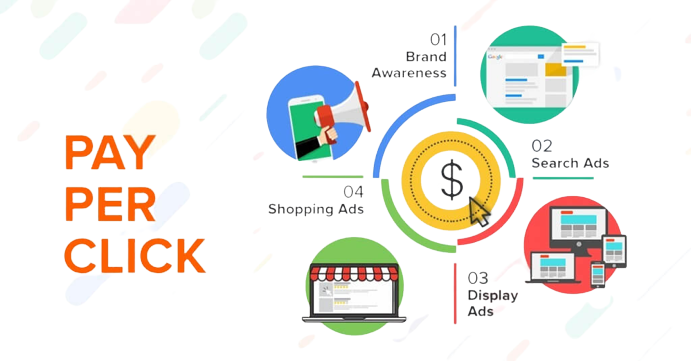Pay Per Lead (PPL) Advertising

What is Pay Per Lead?
Pay Per Lead (PPL) advertising is a performance-based marketing model where advertisers pay only when a specified action is completed by a potential customer. In PPL campaigns, the desired action is typically a lead generation activity, such as filling out a contact form, signing up for a newsletter, or requesting more information.
Pay Per Lead advertising offers a highly effective way to generate qualified leads, providing a cost-efficient alternative to traditional advertising models. By focusing on specific actions that lead to potential customers, businesses can achieve measurable results and maximize their marketing budget.
How Pay Per Lead Works
- Ad Placement: Advertisers place targeted advertisements across various platforms, directing potential leads to a dedicated landing page.
- Lead Capture: Visitors who express interest complete a form or take a specific action, becoming a lead.
- Validation and Verification: Leads are validated to ensure they meet the specified criteria before being counted for payment.
- Advertiser Payment: Advertisers pay for each validated lead, based on the agreed-upon rate.

Advantages of Pay Per Lead Advertising


Cost-Efficient
Advertisers pay only for verified leads, ensuring a clear return on investment.
Targeted Audience
PPL campaigns can be optimized to attract leads from specific demographics or interests.
Low Risk
Advertisers bear minimal risk as they only pay for actual leads, not just ad views or clicks.
Types of Pay Per Lead Campaigns


Form Submissions:
Leads are generated through forms on landing pages, capturing essential contact information.
Newsletter Sign-ups
Users express interest by subscribing to regular updates or newsletters.
Quote Requests
Common in service industries, users request quotes for specific products or services.
ANALYSIS

Get Free SMM Analysis?

